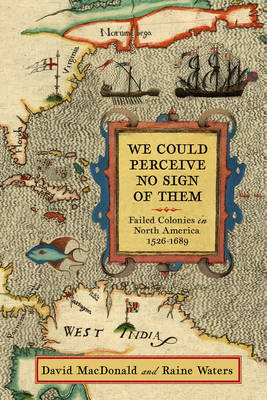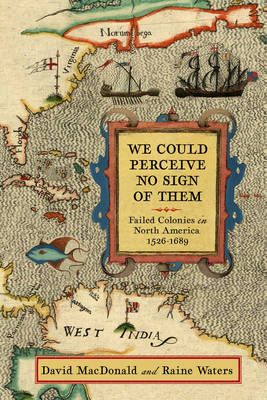
- Retrait gratuit dans votre magasin Club
- 7.000.000 titres dans notre catalogue
- Payer en toute sécurité
- Toujours un magasin près de chez vous
- Retrait gratuit dans votre magasin Club
- 7.000.0000 titres dans notre catalogue
- Payer en toute sécurité
- Toujours un magasin près de chez vous
We Could Perceive No Sign of The
Failed Colonies in North America, 1526-1689
David MacDonald, Raine Waters
Livre relié
34,95 €
+ 69 points
Description
The Story of the Many Ill-Fated Attempts by Europeans to Create Permanent Settlements in the New World
Spécifications
Parties prenantes
- Auteur(s) :
- Editeur:
Contenu
- Nombre de pages :
- 272
Caractéristiques
- EAN:
- 9781594163470
- Date de parution :
- 30-10-20
- Format:
- Livre relié
- Dimensions :
- 235 mm x 158 mm
- Poids :
- 512 g

Les avis
Nous publions uniquement les avis qui respectent les conditions requises. Consultez nos conditions pour les avis.






